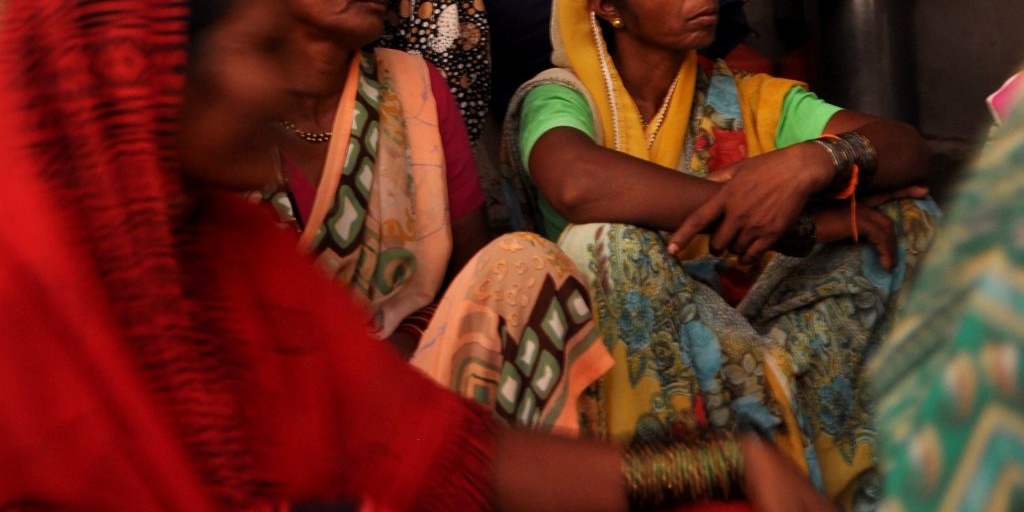At the end of a too-long, extremely dry summer, rural women from the drought-prone district of Beed, Maharashtra, finally return home, after six months of seasonal employment in sugar cane plantations. Encountering them allows me to reflect on experiences of drought and monsoon and on the embodied implications of environmental and agrarian transformation…
Read the full blog on Undisciplined Environments.



GCMs project a wide range of precipitation changes, especially during the monsoon: from a decrease of 14% to an increase of 40% by the 20 and from a decrease of 52% to an increase of 135% by the 20. On the ground, perceptions of farmers suggest that precipitation is growing more erratic, days are becoming hotter, the pattern of winds, fog and hailstorms have altered and that farmers are becoming more vulnerable. A review of adaptation research confirms their view, identifying Nepal as particularly likely to experience fluctuations in climate (ISET, 2008). Nepal’s National Adaptation Plan of Action (NAPA) prepared in 2010 also recognizes that climate will be uncertain and vulnerability will increase.